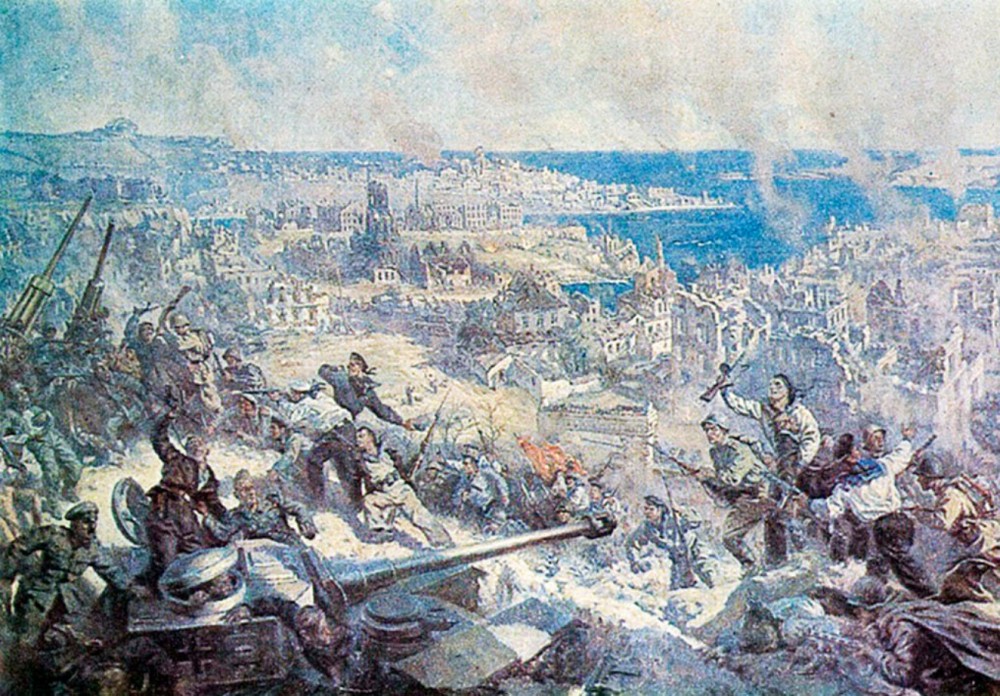
The influence of abnormal natural factors on the results of the Sivash offensive operation in November-December 1943 is not enough studied issue. The natural features of the theater of the operation is unique. Sivash is the largest (130 km) Bay of the sea of Azov, with a swampy, muddy bottom and low depths. Surging winds abruptly and suddenly change the depth, and waves of up to 10 points and have a huge destructive force. The German command did not take into account the experience of the Red Army when crossing the “rotten sea”, which was a name of the Sivash, at the final stage of the Russian Civil War, in November 1920, and did not organize a defensive position on the Crimean coast of the Sivash Bay. Crossing the salt lake in harsh winter conditions under the influence of enemy aircraft and artillery led to significant losses of Soviet troops in manpower and military equipment. The scale of damage caused by abnormal natural factors on the results of the Sivash offensive operation in November-December 1943 requires further detailed investigation.
Source: Afanasenko V. (2020) The Influence of Abnormal Natural Factors on the Results of the Sivash Offensive Operation in November-December 1943. Russkii Arkhiv. 8(1): 19-33
Source web-site: http://ejournal16.com/journals_n/1592221288.pdf
Number of views: 2726